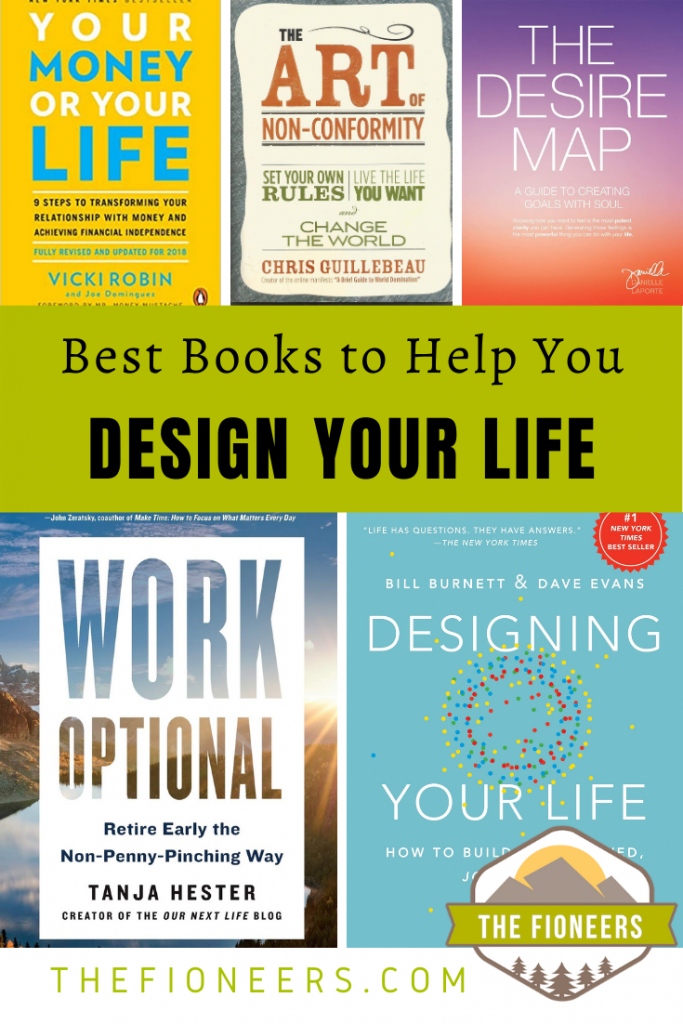

When I first started down my financial independence and lifestyle design journeys, I had absolutely no idea what I was doing.
All I knew was that I wanted something different.
This was 2018. I was in an extremely stressful job in a toxic work environment. I commuted 45 minutes each way. Besides some basic self-care activities (that clearly weren’t enough), I spent all of my time working or recovering from work.
Recently, my friend Angela asked this question on Twitter and in the Women’s Personal Finance Facebook group.
How many hours a day/week do you do things you legitimately love?
— Tread Lightly, Retire Early (@TreadLightly_RE) April 26, 2021
My answer is actually… quite a few. Realizing that’s perhaps why I don’t feel the need to “retire early” but also can fathom not having a “job”…. my job is great, but so is what I regularly do outside my job.
Had she asked me this question in 2018, my answer would have been almost zero.
I had gotten so out of touch with myself and what I actually enjoyed doing. If you asked me what I actually loved doing, I’m not sure I even would have had an answer.
At that time, my life revolved around work (at first it was motivated by making ends meet and later to climb the corporate ladder), so much so, that I lost sight of who I was. I wasn’t living a life aligned with my values, and I could feel that lack of coherence on a daily basis.
At this same time, I had absolutely no idea that I could actually design my own path. I assumed that I had to work in a job that I didn’t really like (but hopefully didn’t hate) for 40 years. I thought I’d be living for the weekends and the 3 weeks of vacation I got each year.
I was so burned out that I couldn’t imagine ever finding work that could be enjoyable.
Fast forward, three years later (in 2021) my answer is very different.
Now? Like almost 100% of the time! ?
— The Fioneers (@TheFioneers) April 27, 2021
You might be wondering how things could completely shift for me in three years.
Here’s how:
- I found out about financial independence.
- I learned that there were different flavors/approaches to financial independence.
- I created a vision for my ideal life.
- I started designing my life and taking consistent, small steps toward that vision daily.
It all started with a few life-changing books.
Life Changing Books that Impacted My Lifestyle Design Journey
I usually learn and process information best by reading. I know that the world is moving in the direction of podcasts and videos, but I know that there will always be people like me who need time to absorb the written word.
When I knew I wanted to change my life (but didn’t know how), I started reading.
Here are the five life changing books that have had the most impact on my lifestyle design journey.
1. Your Money or Your Life – Vicki Robbins
In early 2018, Corey and I did a book swap.
At the time, I was super focused on my career and climbing the corporate ladder. To be frank (this is hard to admit), I was trying to keep up with his salary growth. I keenly felt that I was becoming the statistic of a woman whose career stagnates in her 30s while her male spouse starts to dramatically outearn her.
Looking back, I realize that this wasn’t a particularly healthy perspective…
But, this is where I was at the time, so I gave Corey Lean In. (Note: I’m not linking to it here, because I don’t actually want you to read the book. I think the advice I got from it actually contributed to my mental health crisis later that year.)
He gave me Your Money or Your Life. Reading this book was the start of my lifestyle design journey.
While there is so much helpful content in the book, I took away two main things.
- There were people who were actually figuring out what they loved to do and making it happen.
- There was actual math behind retirement. As long as the math worked, you didn’t need to work until your 60s. I had always assumed people just saved as much as possible and hopefully they could retire someday.
From reading this life changing book, I realized that it was actually possible to choose my own path (at least at some point in the future by saving money and retiring early).
The book asked, “What would you do if you didn’t need to work for a living?”
This was a question I didn’t allow myself to engage with previously because I thought I was bound to be disappointed. For the first time, it actually felt worth trying to answer.
Reading this book set me on a path to start figuring out what I was passionate enough about that I’d want to do even if I didn’t need the money.
As a result, I did a lot of reflection. I took a photography class and started experimenting with writing. I also realized that I wanted to travel A LOT more than we currently did.
While this book helped me to start figuring out what I really wanted, I still assumed that I’d need to wait until I was financially independent to do these things.
2. The Art of Non-Conformity – Chris Guillebeau
After reading Your Money or Your Life, I knew more about what I wanted. But, I also didn’t want to spend 12 more years in a toxic job, just so that I could retire early.
I wanted to learn more about people who were living lives they loved long before reaching financial independence.
I had read The 4-Hour Workweek (which supposedly popularized the idea of lifestyle design) and hated it. To me, it seemed like Tim Ferriss thought that all work was awful, so the best thing you could possibly do was to minimize it in your life.
I didn’t identify with this approach either. I had a feeling that there was something different besides hating work.
I wanted to learn more about people who were finding work that they didn’t want to retire from or minimize in their lives.
It seems like fate, but soon after reading The 4-Hour Workweek, my library app recommended that I listen to The Art of Non-Conformity by Chris Guillebeau. I had never heard of Chris before, but I was starting to believe that I wanted to live an unconventional life, so I downloaded it.
I listened to this book during my commute to my toxic job, and it was incredibly refreshing.
There were so many insights that I gained from this book.
I started to truly believe that there were different paths besides working a traditional 9-to-5 job for 40 years.
Chris wasn’t FI but he had done incredible things:
- He had done international development work
- He went to graduate school (a path he does not recommend)
- He started his own businesses (such as roasting coffee, writing a blog, selling products, running a conference, etc.)
- He traveled to every country in the world before his 35th birthday.
Chris actually seemed to enjoy the work that he did. He didn’t need to minimize or retire from it.
In the book, he asks a question that really got me thinking. He asked, “What does your ideal day look like? Not a vacation day on the beach, but a day where you are in the zone and doing things that are meaningful to you?”
That’s what I wanted. I didn’t want to have to design a life to minimize or escape work. I wanted to design my life so that I could do the right work (in the right amount and structure) that provided me with meaning, purpose, joy, and energy. I wanted to feel in the zone.
The book also discussed different ways you could fund your lifestyle. Chris focuses on building security and freedom through multiple streams of income (rather than putting your security in the hands of your employer). I had not considered this before, but hearing stories about people doing exactly that helped me to understand what could be possible.
After reading this book, I felt like I had been exposed to a completely different way of living. I started to realize that living an unconventional and fulfilling life was possible, but I still didn’t know what I wanted.
3. The Desire Map – Danielle LaPorte
A few weeks later, I was talking to a friend about what I was learning. She recommended a book called the Desire Map. So, I got the book and dove in!
The premise of the book is that the way we set goals is backward. We set goals and hope that they’ll make us happy and help us build the life that we want. But, usually, they don’t.
Often the goal is wrong because we set a goal based on something we think we should want. When we achieve the goal, it’s anticlimactic, and we are usually not any happier than before.
Danielle LaPorte, the author, came up with a new way to set goals. She recommends deeply understanding how you want to feel – your core desired feelings. Then, you can create goals and plans that will enable you to feel those things on a regular basis.
Knowing your core desired feelings allows you to design your life and determine your goals and the process to meet those goals that will actually make you happy.
After working through the full process and workbook, I decided on 5 core desired feelings.
I wanted to feel:
- Energized
- Adventurous
- Creative
- Balanced
- Authentic
Your core desired feelings will be unique to you, so don’t copy mine.
After going through this process, it was no surprise that the goals I had previously set in my life were not making me happy.
- Aiming for the next promotion in a job I didn’t like was NOT energizing
- Working in a job that provided me with 3 weeks of vacation/year did NOT give me a feeling of adventure
- The fact that I felt like I constantly had to “play the game” did NOT allow me to be my authentic self.
- Working 50 hours/week and commuting 1.5 hours round-trip each day did NOT provide me with the balance I was looking for.
- Focusing on weight loss over all other health-related goals did NOT provide me with the balance or authenticity I craved.
I knew I needed to make some big changes. But again, I wasn’t exactly sure where to start.
Soon after reading this book in mid-2018, I had a mental health crisis. I took a 6-month career break/medical leave to focus on my mental health.
This mental health crisis gave me the push that I needed to make big changes. Within the 6 months, I had the time and space that I needed to re-evaluate every aspect of my life. My anxiety required that I remove almost everything from my life, and I got to decide what I put back in.
I feel so fortunate that I had been exposed to new ways of living through the work of Vicki Robin and Chris Guillebeau. Even more, because I knew my core desired feelings, I could rebuild my life using those as guideposts.
I look back and am grateful for these challenging experiences because they taught me a lot. At the same time, I don’t want you to go through anything similar. Please know that you can start making shifts without a significant trigger.
4. Work Optional – Tanja Hester
During my career break (i.e. time off for my mental health), we started our own blog to chronicle our financial independence journey. We started the blog knowing that our philosophy would be that “the journey should be as remarkable as the destination.”
But, we didn’t exactly know how this would unfold. We originally saw this as having balance on our FI journey while the goal was still to retire early.
When I went back to work part-time in 2019, we originally planned that I would increase my hours once my mental health was in a better space.
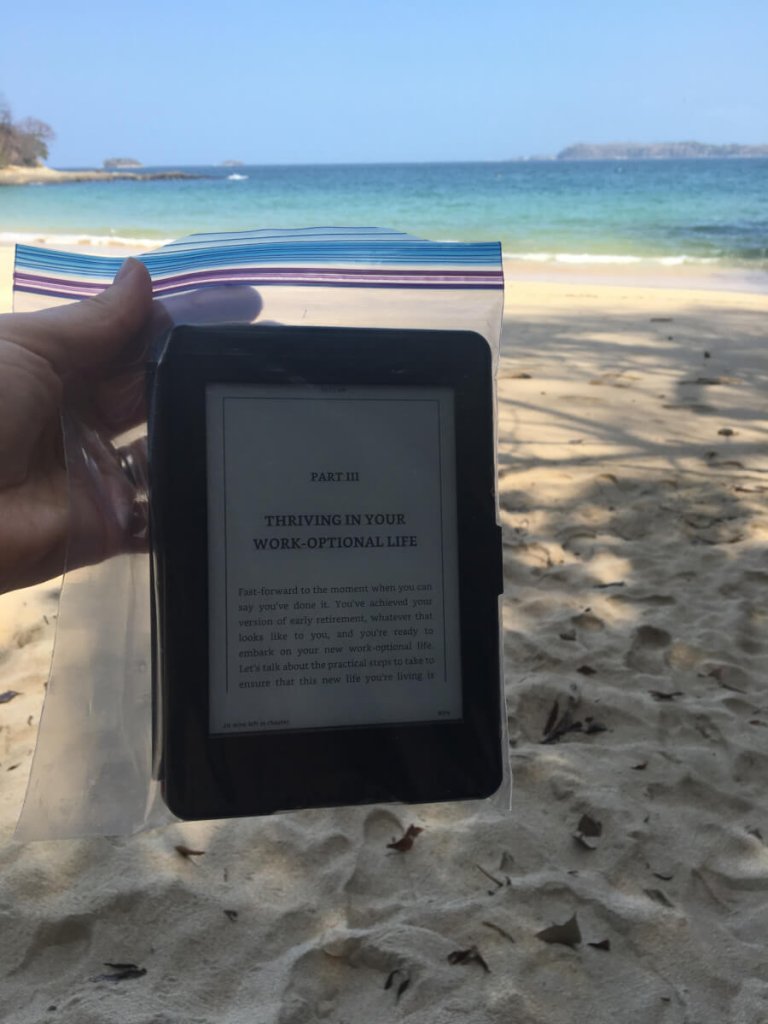

Several months later, we went on a trip to Panama. During the trip, I read Work Optional by Tanja Hester. There are so many helpful things in this book (and I totally recommend it).
This book was important for me on my lifestyle design journey though for one main reason – the fact that Tanja presented financial freedom as a spectrum between full-time work forever and early retirement.
She talked about two other potential options:
- Career intermissions – such as a career break or a mini-retirement
- Semi-retirement – opting to work less along the path to FI, lengthening your timeline but improving your quality of life.
Financial freedom was no longer all or nothing. We didn’t need to work a full-time job that made us miserable until we reached FI so that we could retire to a life of eternal bliss.
This was the first time that I started to see financial freedom as a spectrum where I could design my life along the way. When I read this life changing book, my one critique was that I wanted to hear more stories about people taking these “middle paths” to FI.
Because of this desire to hear more stories, I was inspired to seek out stories of people taking slower paths to financial independence.
I felt like Tanja’s approach was a step in the right direction, but, to me, it lacked clarity around how many options actually existed. This led to the creation of the Slow FI interview series and my own (expanded) stages of financial freedom and corresponding lifestyle designs.
5. Designing Your Life – Bill Burnett and Dave Evans
In mid-2019, I read Designing Your Life. It had a number of very helpful concepts. I didn’t get the full benefit of the process until I convened a “design team” to work through all of the activities.
This book was originally based on a college class at Stanford that applied design thinking to your life after college. While most of the examples in the book are still traditional careers, it’s easy to extrapolate the learnings for anyone who wants to live an unconventional lifestyle.
In fact, this was such a life changing book that I send it to all my coaching clients when they start my program.
Learning the principles of design thinking and applying them to my life helped me to start seeing my goals in a new way. It also helped me to start moving toward them in a way that didn’t feel so scary.
Here were a few of the key ideas from this life changing book that stuck with me:
- Designing our lives is an iterative process where we learn about ourselves and what we want, dream big, and experiment our way forward. This, then, provides us with information about what we want and the cycle continues.
- It is important to brainstorm a lot of ideas. Humans make better decisions when we have more options to choose from (within reason). There are many paths that could authentically make each of us happy.
- We shouldn’t censor our ideas while brainstorming. Instead, we should get as many ideas as possible on paper without evaluating them. Not every idea will be good, but a “bad” idea could lead us to generate our next great idea.
- We don’t need to take big, scary leaps toward the path we want. We can start experimenting and prototyping. This helps us learn a lot and build our confidence along the way.
I worked through the content of this book with three other women who I met through personal finance Twitter. It was an incredible process. I went into the process thinking that maybe I’d start a business that could help me semi-retire in five years. They helped me dream big, design experiments, and work through limiting beliefs.
The idea that I thought was too out there was that I could become a lifestyle design coach and run retreats. A fun associated idea was that I could slow travel to different places in the world, and then invite people to join me there for a retreat at the end of my stay.
Two years ago, this idea felt unattainable. For the last two years, I’ve been experimenting my way forward, and I’m well on my way to making this “out there” plan a reality!
Take Steps to Design Your Own Life
Let me ask you this question.
How many hours a day or week do you do things you legitimately love?
If your answer isn’t “most of them,” then it’s time to re-evaluate things. Things won’t change overnight, but you can start taking small steps daily that will add up over time.
Here’s where I recommend starting (if you don’t want to read all of these life changing books):
- If you feel like you are going through the motions in life and feel like things are out of your control, check out these tips to help you get off autopilot.
- If you don’t know what you actually want in life, read these posts to learn about the strategies to identify the elements of your ideal life and what you are passionate about.
- If you feel like you don’t know what’s even possible, I’d encourage you to read this post that walks through the stages of financial freedom and lifestyle design options available in each of them. I’d also encourage you to check out our Slow FI interview series where we talk to real-life people about how they are designing their lives along the way to FI.
- If you feel like you know what you want but you don’t know how to get from here to there, I recently wrote a post about the steps of a lifestyle design process that I’d encourage you to check out.
- If you know what you want but are terrified to take action, check out this post I wrote about overcoming our self-limiting beliefs.
If you work through all of these (or feel overwhelmed about where to start) and feel like you want the support and community to help you design a life you love, I’d encourage you to learn more about my group coaching program and join my waitlist.
Life is way too short to spend it doing things we don’t enjoy.

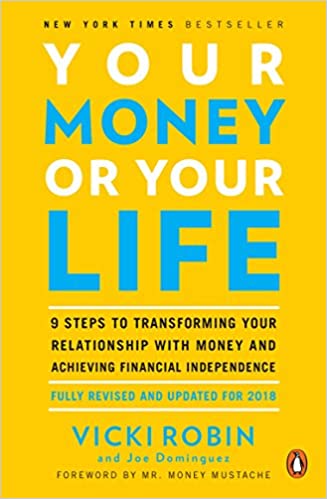
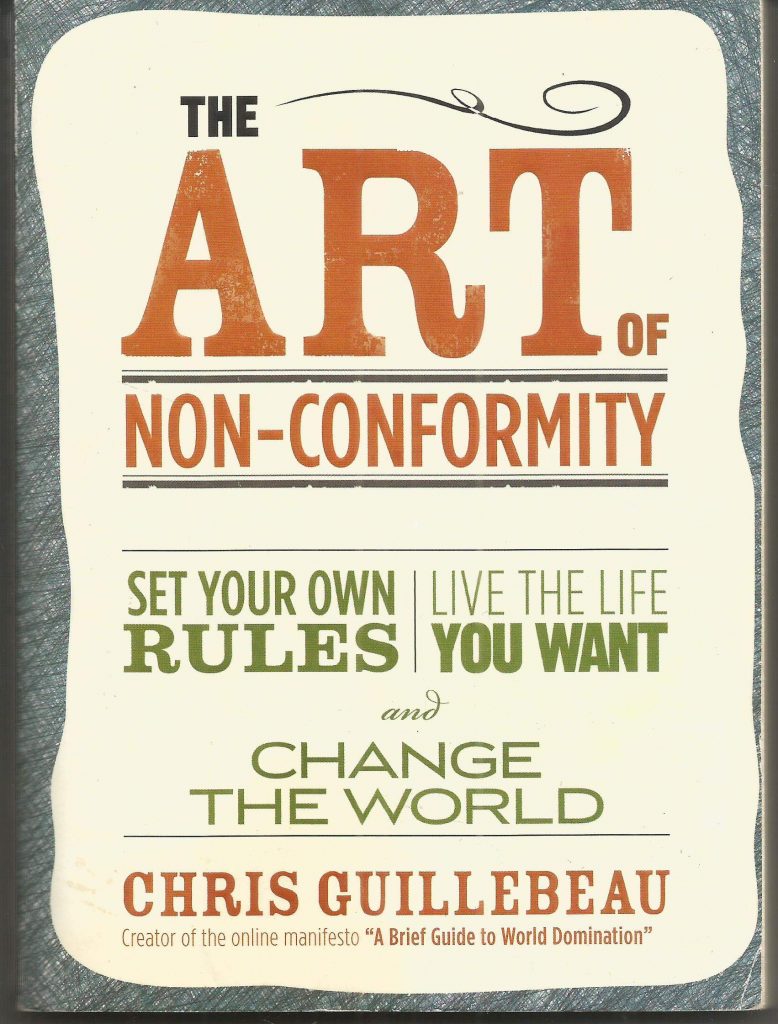
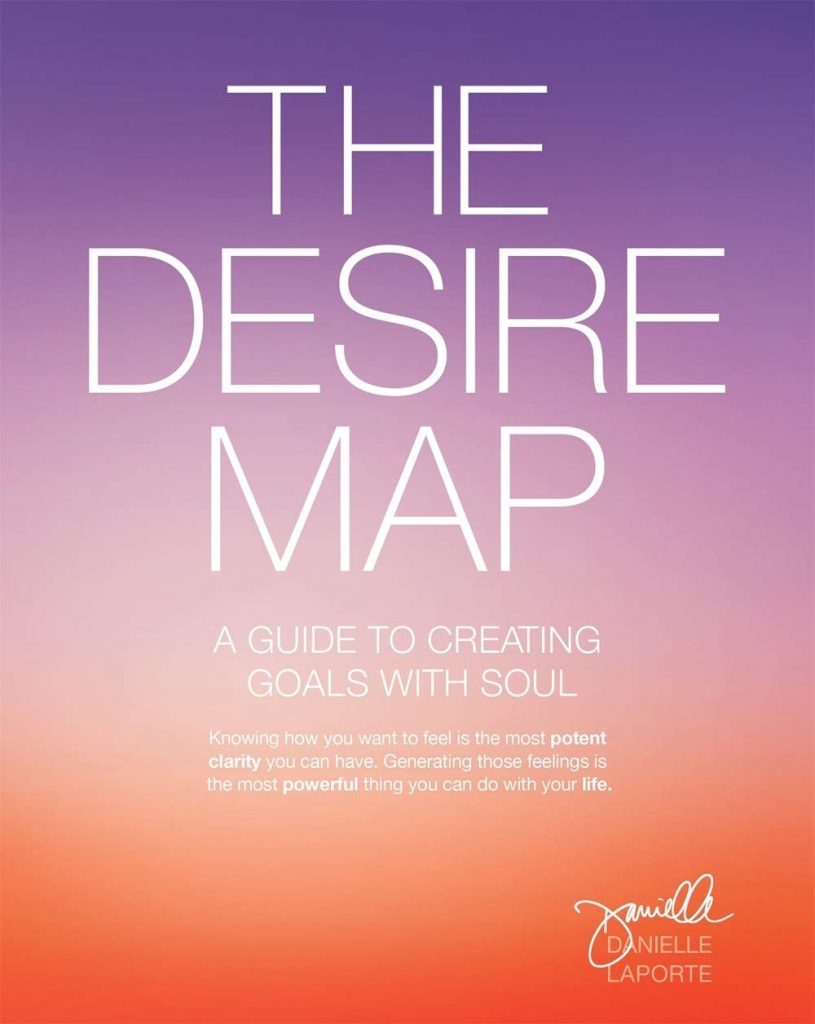
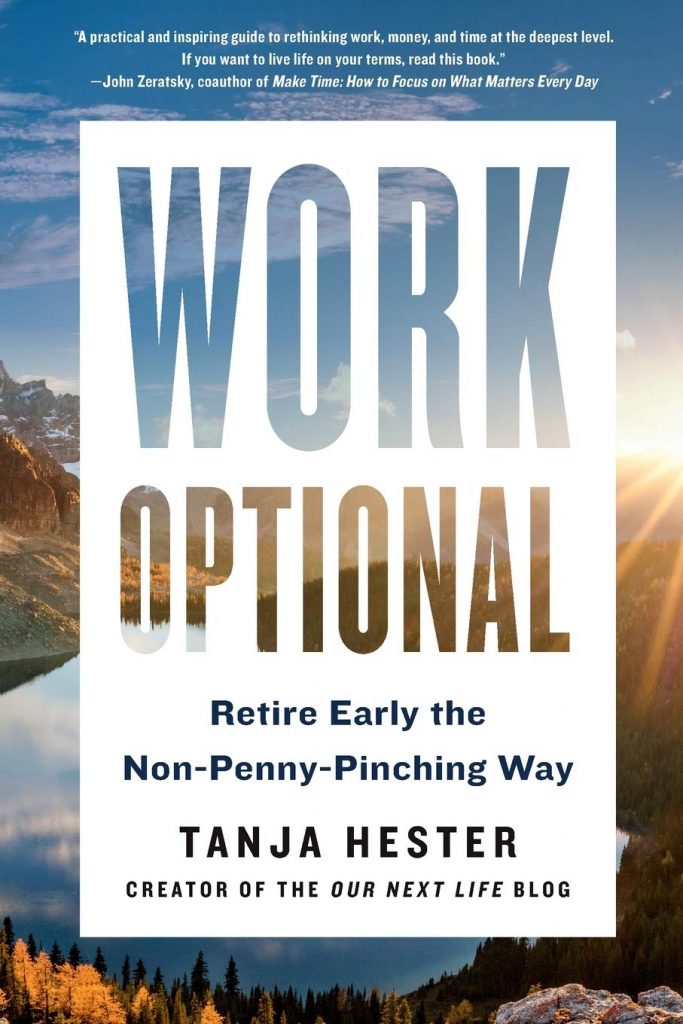
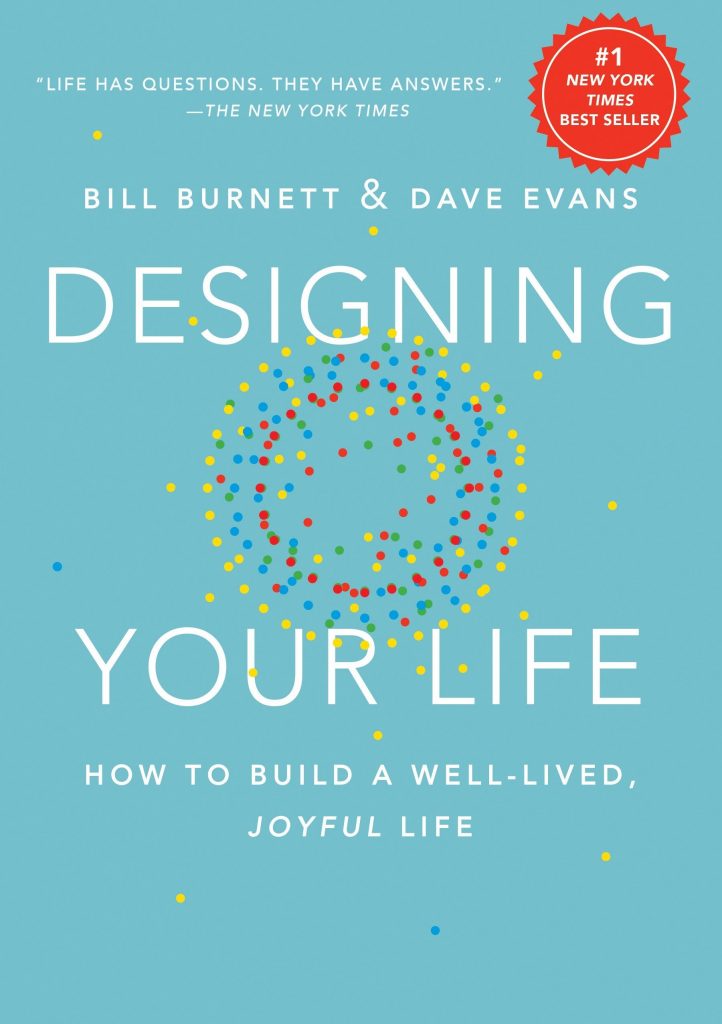
























What a nicely curated group of books. I’ve read some of them but not all. I’ll be adding ” the Art of Non-Conformity” and ” Work Optional” to my to-read list.
Like you I was disappointed with ” The 4 Hour Work Week”. It didn’t resonate with me.
Have you read Sam Horns “Someday is not a day of the Week”? It was a game changer for me.
Hi Carolyn,
I have not read that book, but I’ll definitely check it out!
Best,
Jess
Ah, your money or your life. The book that started really it all, isn’t it? It’s so important that Google even made it the name of a niche “YMYL”, ha.
It was a complete game changer for millions of people.
Excellent post. I’ve read most of these books. The Stanford design guys just published a new book that is a bit more practical for people that can’t ditch their jobs just yet. It focuses on pivoting in your current job first before considering larger measures. I liked that more and have recently dropped from 40 hours to 32 hours even as a manager. I will use my role as manager to delegate work differently to my reports so I keep certain fun stuff for me.
Great list! Reading about other people’s approaches has taught me so much.
These are all great books and a good write up.
I think the one that is missing for me is one of the classic frugal and designing your life books: Walden by Henry David Thoreau.
That booked changed my life in so many ways.
Great post and great reviews of the books. I’ve been looking for some books that will help me out of the rut of “I know I want more than this but I don’t know what that looks like”! I’ll definitely be checking out The Desire Map and Designing Your Life. Thank you!
Another life designing resource I like is Year Compass, I believe it is a free download online for a workbook to examine your last year and think about how to approach your next year. More bite sized and a rewarding annual ritual. Great recommendations, thank you for starting the dialogue!